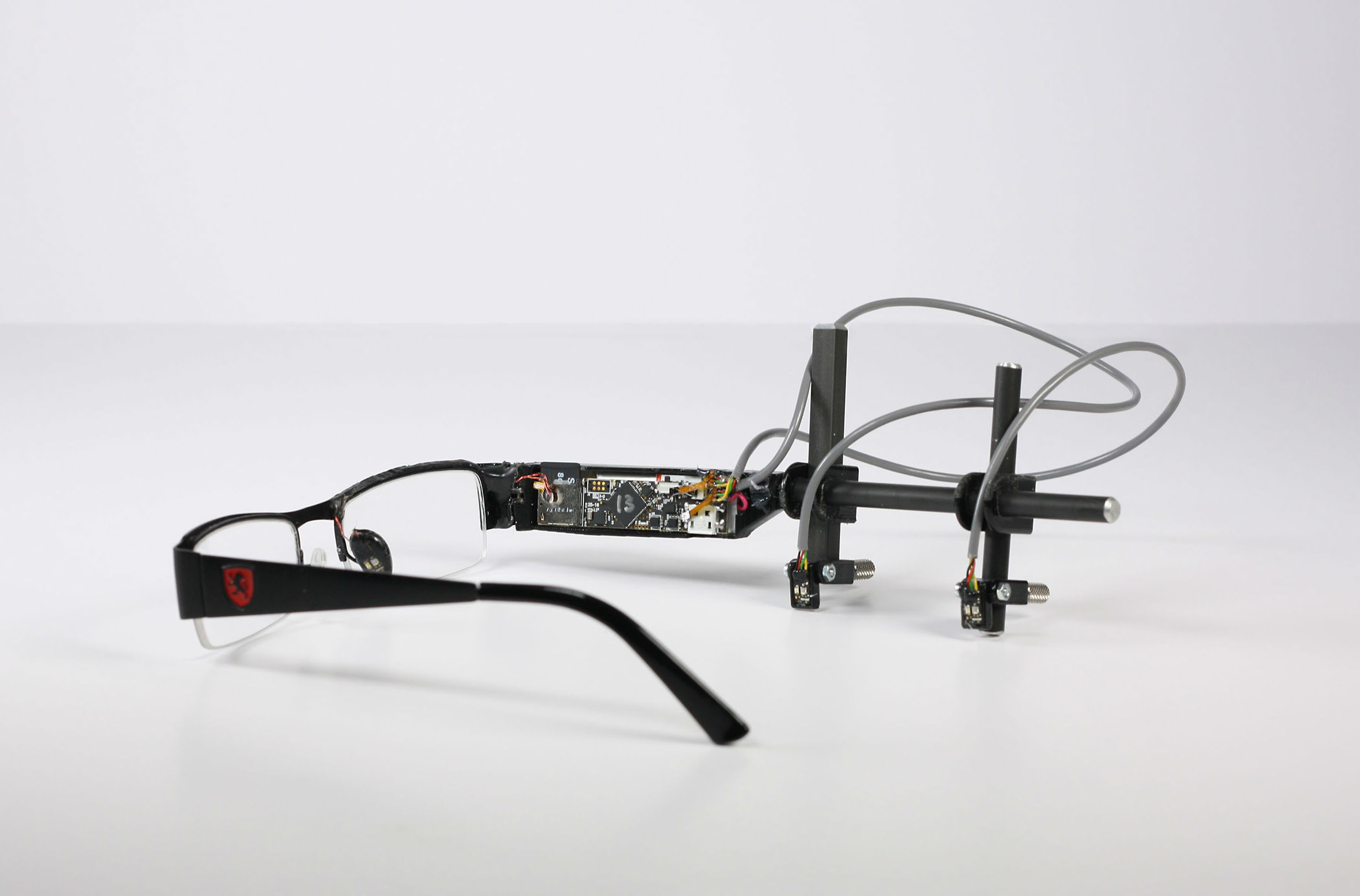Microsoft's glasses to continuously monitor blood pressure
Researchers at Microsoft have developed Glabella, a wearable device that continuously and unobtrusively monitors heart rates at three sites on the wearer’s head. The glasses prototype incorporates optical sensors, processing, storage, and communication components, all integrated into the frame to passively collect physiological data about the user without the need for any interaction.
Glabella continuously records the stream of reflected light intensities from blood flow as well as inertial measurements of the user’s head. From the temporal differences in pulse events across the sensors, our prototype derives the wearer’s pulse transit time on a beat-to-beat basis.
Numerous efforts have found a significant correlation between a person’s pulse transit time and their systolic blood pressure.
.jpg)
In their whitepaper, Microsoft has leveraged this insight to continuously observe pulse transit time as a proxy for the behaviour of systolic blood pressure levels—at a substantially higher level of convenience and higher rate than traditional blood pressure monitors, such as cuff-based oscillometric devices.
This enables the cuff-less prototype to model the beat-to-beat fluctuations in the user’s blood pressure over the course of the day and record its short-term responses to events, such as postural changes, exercise, eating and drinking, resting, medication intake, location changes, or time of day.

During in-the-wild evaluation, four participants wore a custom-fit Glabella prototype device over the course of five days throughout their daytime job and regular activities. Participants additionally measured their radial blood pressure three times an hour using a commercial oscillometric cuff.
Microsoft's analysis shows a high correlation between the pulse transit times computed on our devices with participants’ heart rates and systolic blood pressure values measured using the oscillometric cuffs.
The results indicate that Glabella has the potential to serve as a socially-acceptable capture device, requiring no user input or behaviour changes during regular activities, and whose continuous measurements may prove informative to physicians as well as users’ self-tracking activities.


